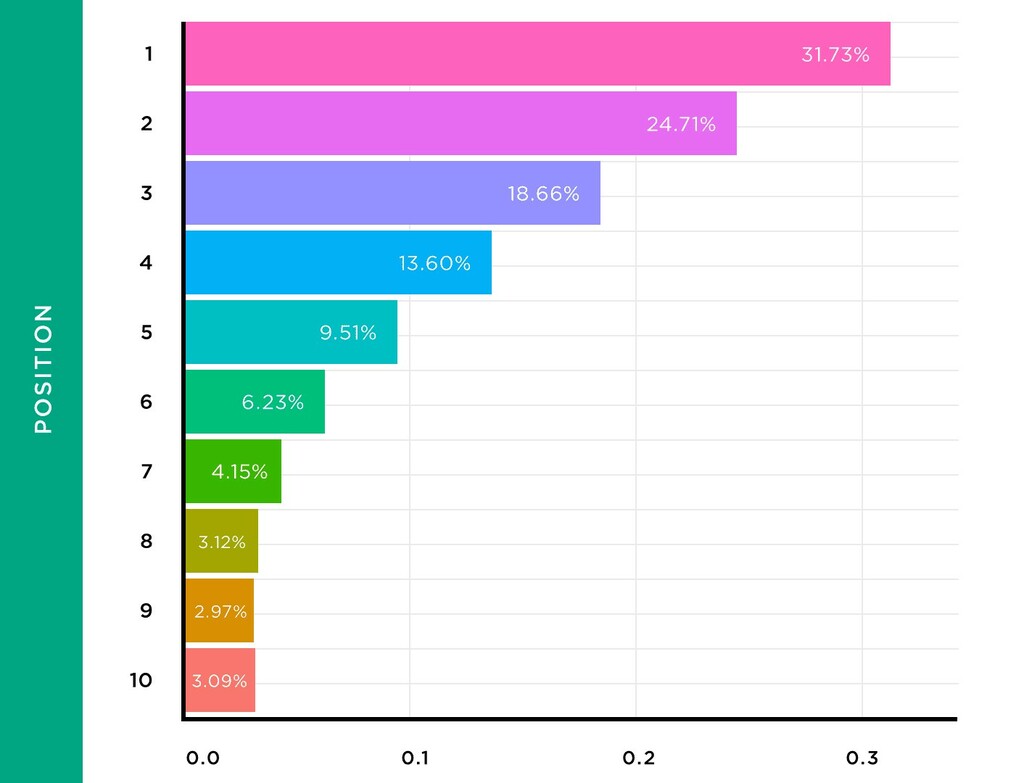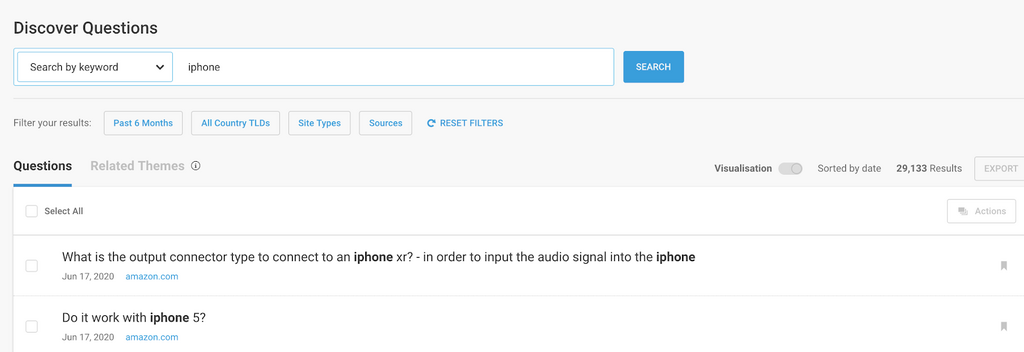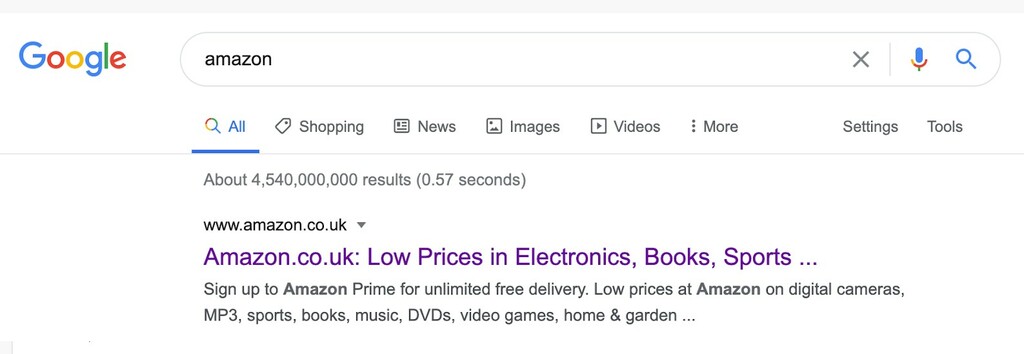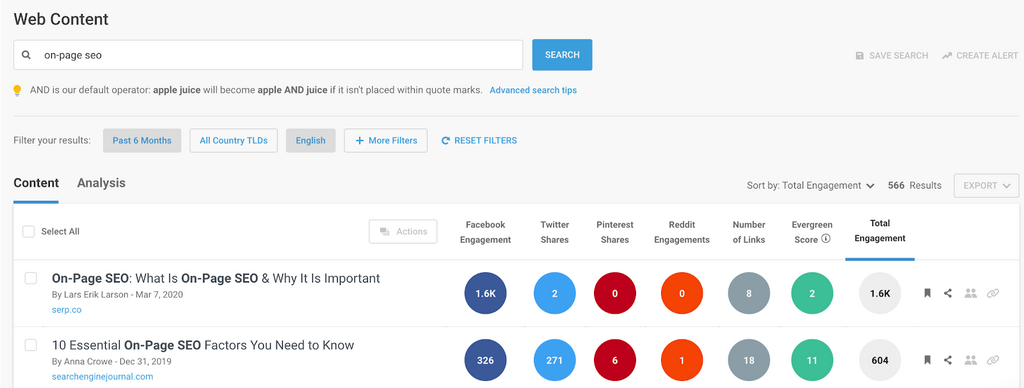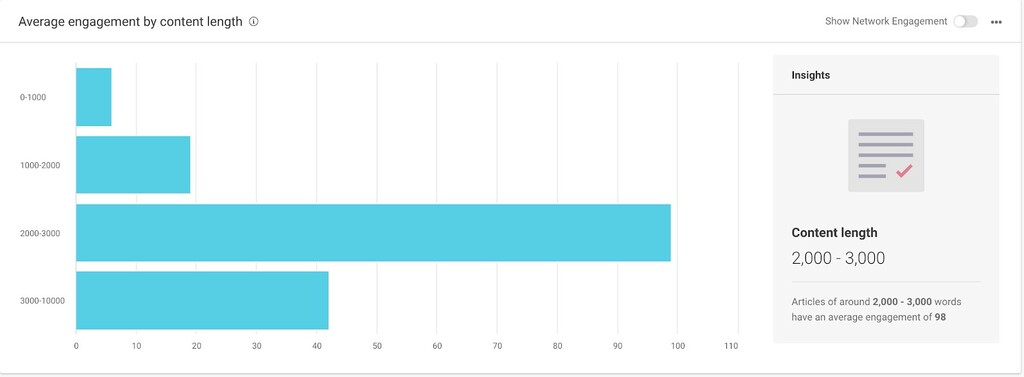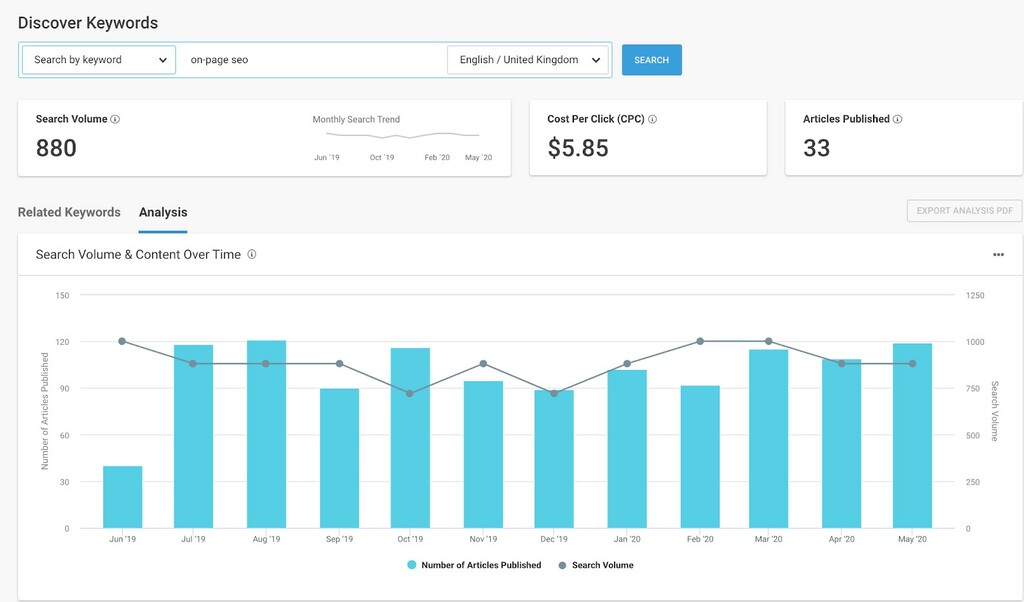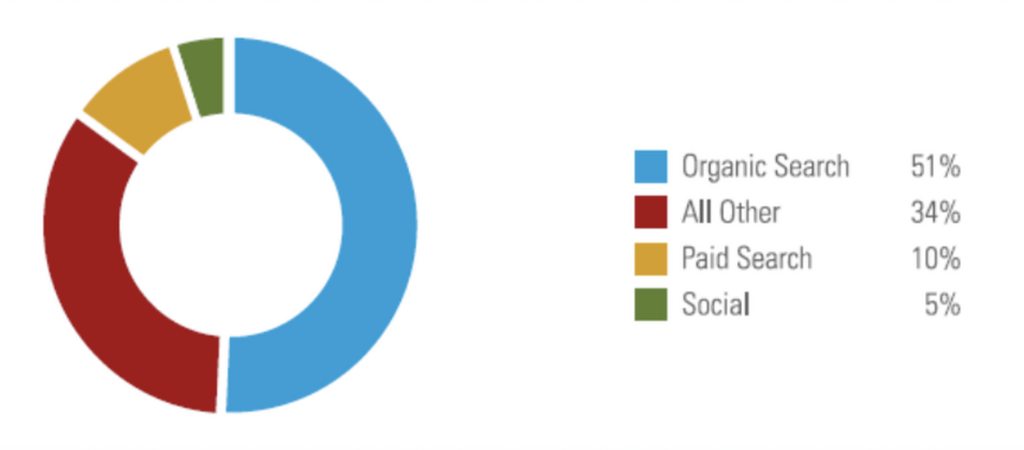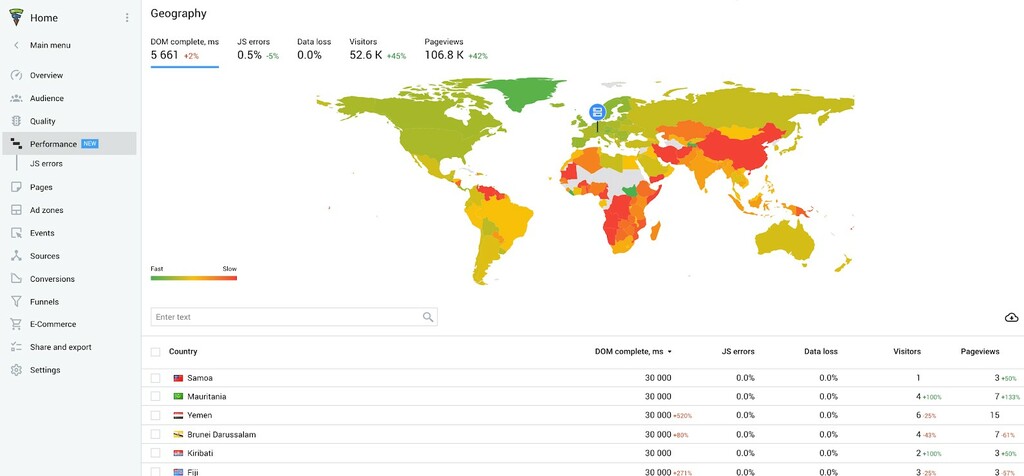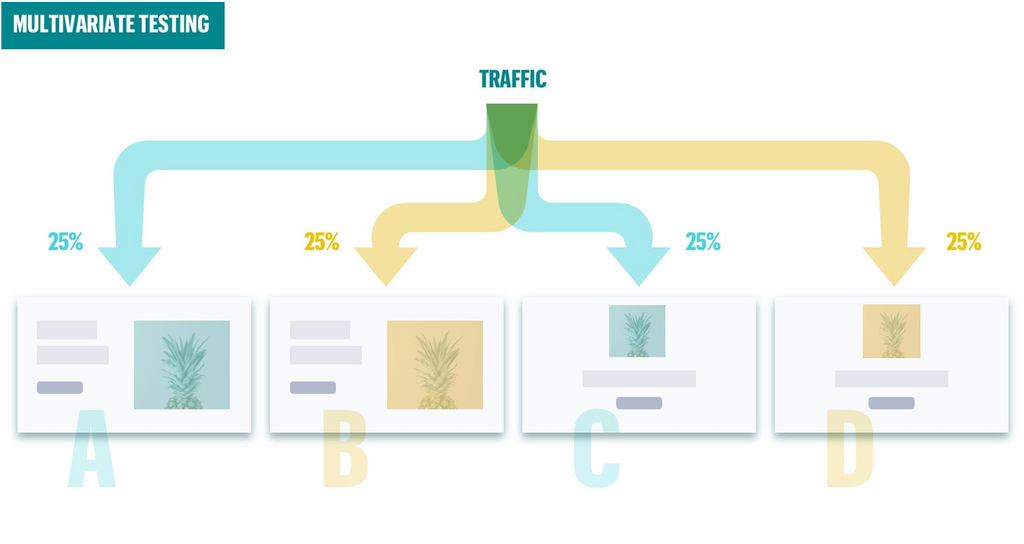Published July 13th 2020
Assessing The Trident of Conversion Success: SEO, UX and CRO
When building your presence online, any marketing strategy that you undertake must be geared towards the ultimate goal of making a conversion happen. SEO is essential in building interest in your brand or products, but it takes a healthy level of search compliance and content accessibility in order to really make the magic happen.
SEO has evolved into a powerful digital entity, and rightly so. But many businesses find themselves guilty of focusing solely on Search Engine Optimization and are left disappointed to see that their new influx of traffic isn’t delivering the conversion rates that were initially expected.
Great online marketing strategies are multifaceted and are committed to the trident of conversion success. Search Engine Optimization (SEO) unites with User Experience (UX) and Conversion Rate Optimization (CRO) to create a comprehensive mechanism that’s driven towards making sales happen.
While SEO powered by quality content is arguably the most effective way of providing businesses with exposure, it can often only lead audiences to your front door. UX helps them to navigate their way in and CRO encourages them to make a purchase. To supercharge your online conversions, it’s important to strike a balance between your SEO, UX and CRO models and get them to form a marketing ecosystem where each approach compliments each other. Let’s assess further this trident of conversion success and explore the data that quantifies the value that SEO, UX and CRO strategies hold:
Understanding SEO
SEO is the name given to the set of practices that are designed to help websites become more visible on search engines like Google. On average, as the graph below shows, Google’s first position gets a CTR of 31.73%.
Search engines send crawlers to investigate your website and categorize its content, so it’s vital that you make it easy for them to understand what you’re trying to convey in your pages.
Significantly, crawlers can investigate the quality and quantity of the links you build and the type of keywords you use before figuring out where to position your pages within the results pages of specific search engines.
Google is, of course, the most popular search engine in the world, and by a large margin. So let’s focus on how SEO helps websites to rank within Google’s SERPs. Essentially, Google’s job is to provide accurate results to each and every one of the high-volumes of queries it receives each day. To supply users with accurate results, it instantly studies the query being made and then reads the pages of a website in order to display the right results. Content accuracy and website reputation come into the mix to help provide added relevance.
By determining the type of query, whether it’s informational, navigational or transactional, Google displays the results based on the relevance of the content.
Transactional Queries
Transactional queries indicate the user’s intent to complete a transaction (i.e. make a purchase).
So, if a user types in “buy iPhone case”, Google will show “Transactional” results (i.e. places that sell cases).
Even though these may have fewer links pointing to them than informational articles like “10 Best iPhone Cases”, transaction oriented results will normally appear higher in search results.
Informational Queries
When the user is searching for information and/or answers, these queries are categorized as “Informational”.
These types of queries are generally content-heavy.
Example above illustrates popular questions related to “iPhone”.
Navigational Queries
These queries are brand-based – users type in the brand name (e.g. “Amazon”) with the ultimate goal of visiting Amazon’s website.
Apart from the type of search query, there is an innumerable number of factors that Google considers when coming up with its results pages. So much so that SEO is extremely tricky to master for even the most experiences of practitioners. An SEO’s job primarily involves identifying relevant keywords and phrases to create quality content to generate traffic.
However, the real challenge is to identify and produce content that’s capable of bringing in traffic and conversions.
This is where some of BuzzSumo’s features come in:
Content Analyzer – enables you to identify and research top-performing content for the given key phrase.
The analysis tab shows additional metrics like engagement by network and engagement by content length.
Keyword Discovery – this feature enables users to dig into the ins and outs of a specific keyword.
When it comes to digital marketing, SEO brings businesses the traffic that they need to function online. If audiences are unable to locate your site, you’re going to find it extremely difficult to create conversions.
According to a recent study from BrightEdge, it was found that, on average, over half of all visitors navigate onto websites via an organic search query. Such figures dwarf the roles of PPC advertising and social – illustrating just how essential it is for businesses to invest in some form of Search Engine Optimization strategies if they’re serious about securing conversions.
The Essential Role of UX
The true value of utilizing a strong UX model for a website is supported by the chart above – showing how unresponsive pages can lead to significant drops in conversion rates.
Free website performance analysis tools like Pingdom and Finteza can give you a valuable “waterfall” inspection of various assets that may be slowing down your website.
Another feature which is quite unique is a map of your website’s loading time in other countries without having to analyze each one separately – pretty handy when your website attracts visitors from other countries, too.
SEO may lead users to your website, but it’s a site’s user experience that will help to develop their interest to an extent where making a purchase or signing up to a mailing list, or submitting an enquiry.
Designing a website that’s unappealing to your target audience, that has little in the way of usability and doesn’t help visitors to accomplish what they’ve set out to do on-site will cause more users to navigate away rather than complete a purchase. What’s more, is that a poor on-site experience can lead to negative brand perceptions due to the inconvenience suffered by users.
Creating a positive UX strategy means designing a digital interface that works just like your arriving traffic would expect. Interactions with your pages will be convenient, informative and unintrusive. One of the most effective ways of creating a great UX involves setting up a site so that users don’t even need to put any effort into navigation while they embark on their journey towards a conversion.
To effectively design your website with UX in mind, it’s important to consider each visitor as a customer waiting to make a purchase. This means that your messages, displays and plugins all need to complement your brand and lure people towards your sales funnels. Valuable user experiences will always keep visitors coming back to your website – enabling a recurring flurry of engagement.
Finding Value in CRO
The final part of the trident features Conversion Rate Optimization. As the above table of popular CRO practices illustrates, there are some similarities between CRO practices and that of SEO and UX.
Essentially, CRO relates to the act of optimizing your SEO and UX with the primary intention of facilitating conversions.
CRO can involve all sorts of different factors, like fine-tuned Call-to-Action laden landing pages, multivariate A/B testing to see which one encourages more sales, optimizing content strategies for conversions, and using visual assets more effectively throughout a sales funnel.
Some marketers mistakenly believe that CRO consists of quick fixes that are designed to subtly peddle sales. However, there are some small changes in the field of CRO that can amount to significant differences in your sales funnel performance. Though it’s worth noting that many of these changes could require thorough investigation before it’s worth taking action.
More so than other marketing strategies, CRO requires plenty of analysis and research. It’s impossible to optimize your on-site appeal if you’re unaware of what cues help customers to make their minds up about purchases.
Some marketers see SEO and CRO as somewhat interchangeable when it comes to encouraging conversions. While SEO and CRO certainly share some philosophical nuances, SEO focuses on bringing traffic to your site, while CRO takes this traffic and turns them into sales.
Through CRO techniques, it’s possible to attribute much more value to each visitor that you attract through SEO strategies. Instead of recording each arrival as a welcome click, they could be identified as genuine prospective customers with the right blend of UX and CRO approaches.
CRO can also help businesses to keep one step ahead of their more SEO oriented competitors. With the right marketing, the quality of traffic you gain could far outweigh the quantity of your rivals’ visitors.
Tridents Built From Knowledge
Successful SEO, UX & CRO tridents are built from foundations of knowledge and plenty of research. There’s no point running A/B tests on your pages or choosing to rank for certain keywords when you don’t know your audience or what they enjoy.
Successful marketing needs measured actions to be made regarding brand USP, optimized Call-to-Actions, and website responsiveness. If you’re unable to correctly map out a visitor’s path from discovering your site to making a purchase on your pages then you’ve failed to conduct the right level of research.
Optimize your processes by gathering intelligence from various different sources, from technical audits, user behavior analysis, data analytics and comprehensive testing. Significantly, come up with a measurement plan to acknowledge your insights and act on them accordingly.
Fundamentally, as a marketer, your aim is to create the best website that’s visible online thanks to alluring content. When users arrive on your pages, it’s the job of your CRO strategy to ensure that their next navigation is towards a conversion and not away from your site.
Working Towards Conversions
Sadly there’s no one-size-fits-all approach to driving conversions on your website. SEO, UX and CRO form a reliable trident but their successful application is entirely down to the type of business that a website is looking to attract.
Strategies can vary wildly depending on whether you’re looking for online sales, software downloads, B2B clients, or mailing list recipients. Be sure to continually look out for your visitors’ needs, and avoid making assumptions as to what they would like to see and read from your business.
Successfully wielding your trident can pave the way for a steady stream of sales that can be relied upon over prolonged periods of time. Constant review will be needed, but if your website is made visible through an effective SEO strategy, your UX and CRO could ensure conversions continue to flow over time.
Categories
SEOCategories
SEOThe Monthly Buzz⚡
Subscribe to BuzzSumo's monthly newsletter to:
Stay up-to-date with the best of the best in content marketing 📝
Get data-informed content, tips and tidbits insights first 👩🏻💻
Read top shared content by top marketing geeks 🤓
Try
Enter any topic, term or url to search to see BuzzSumo in action. It’s free!
100% free. No credit card required.
